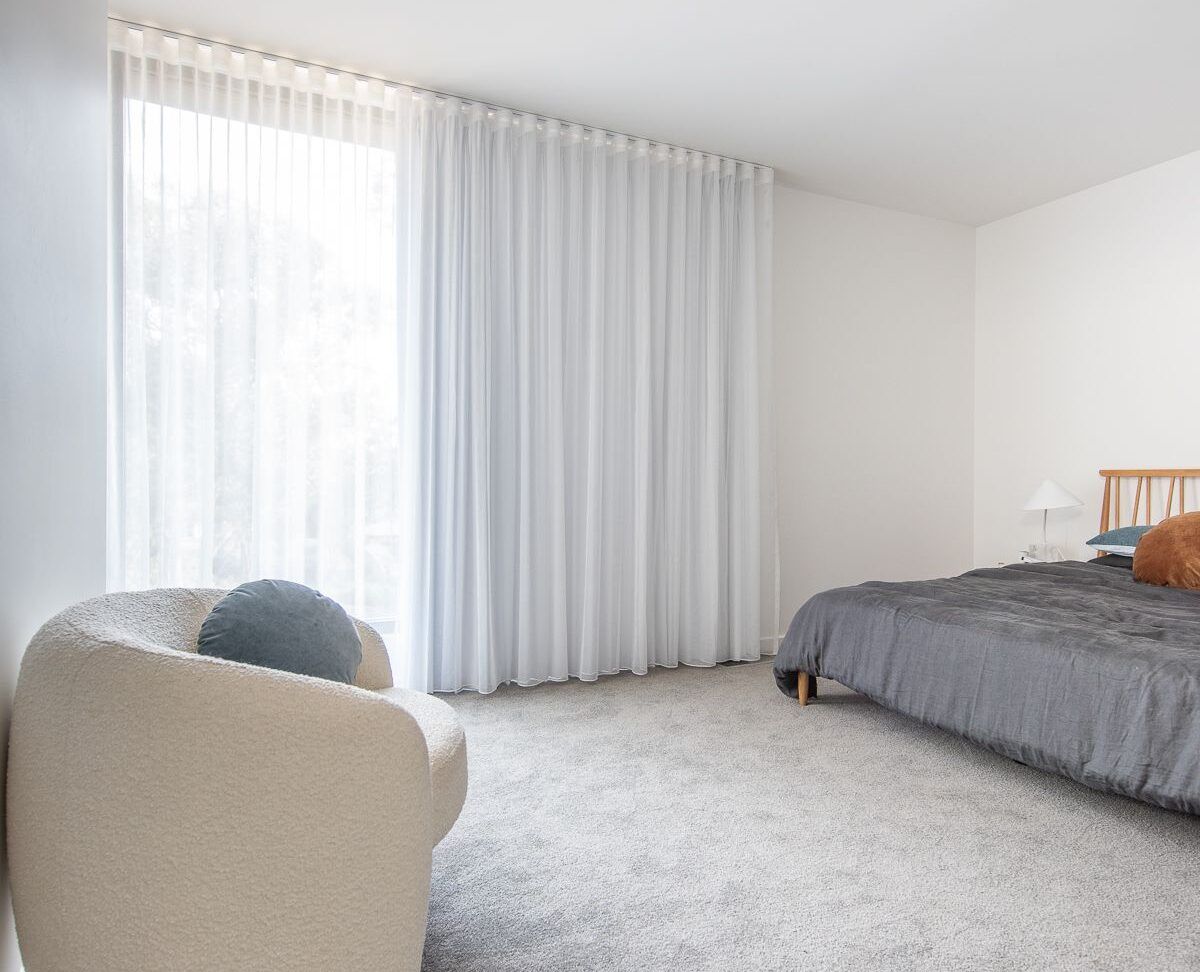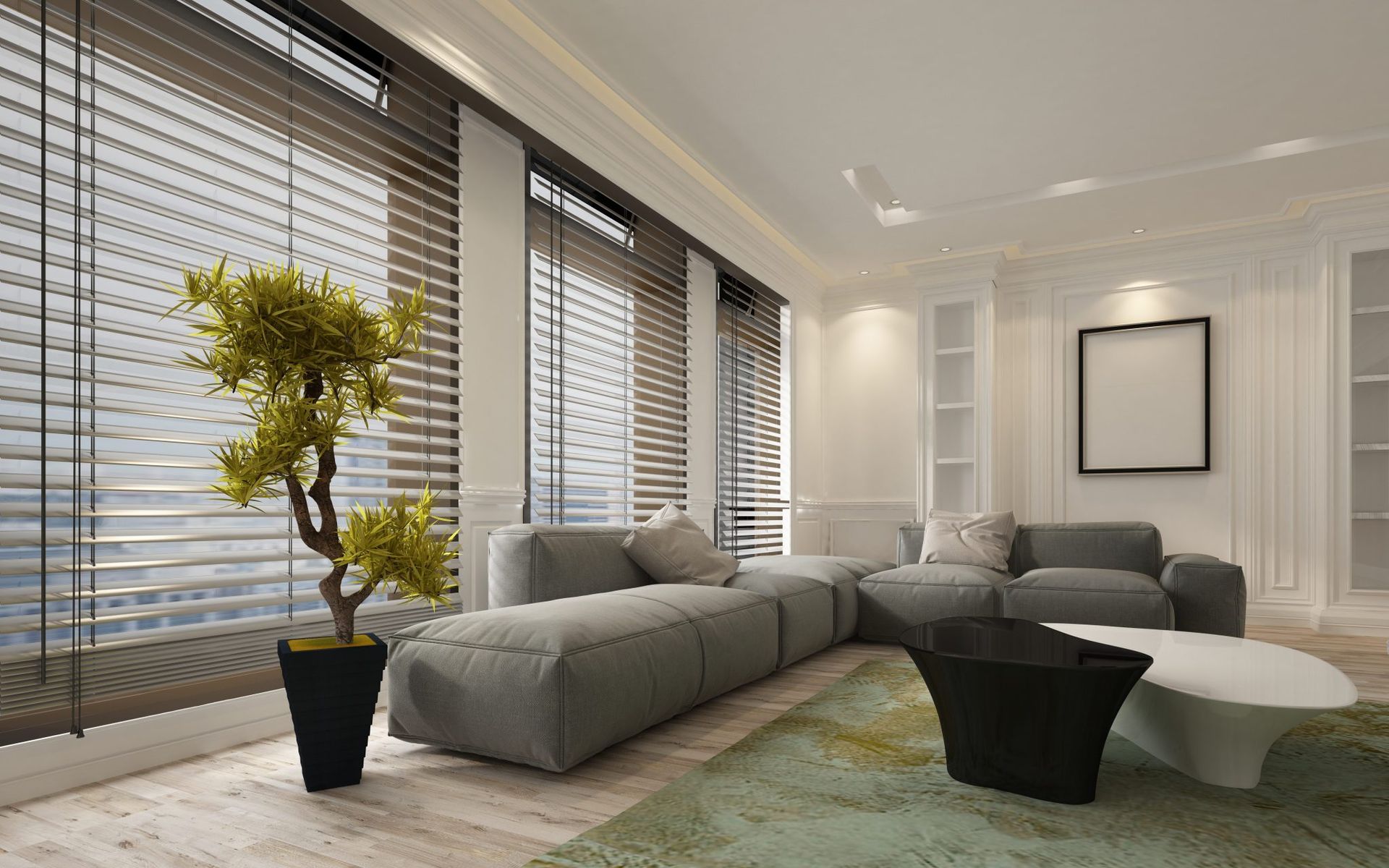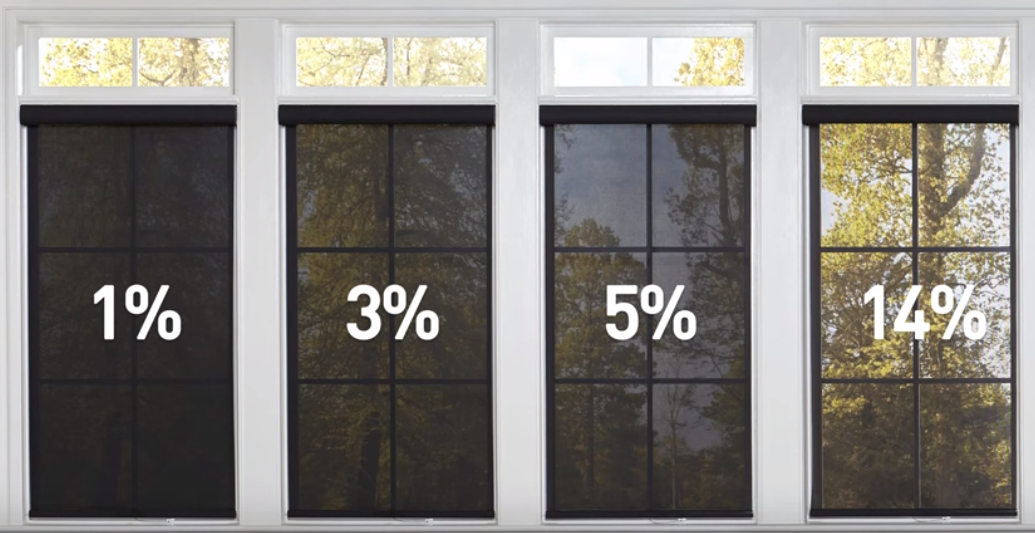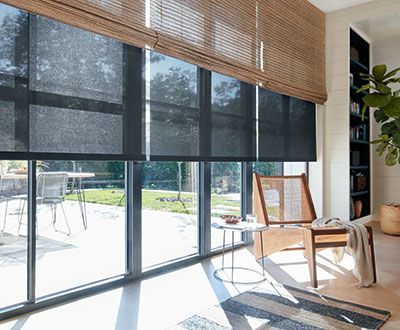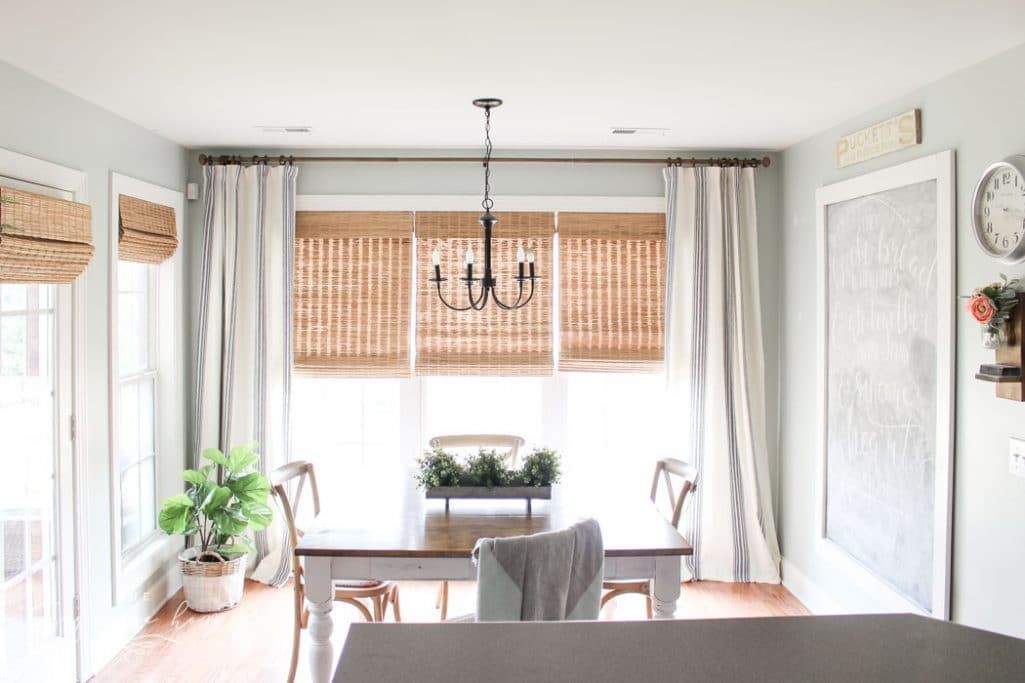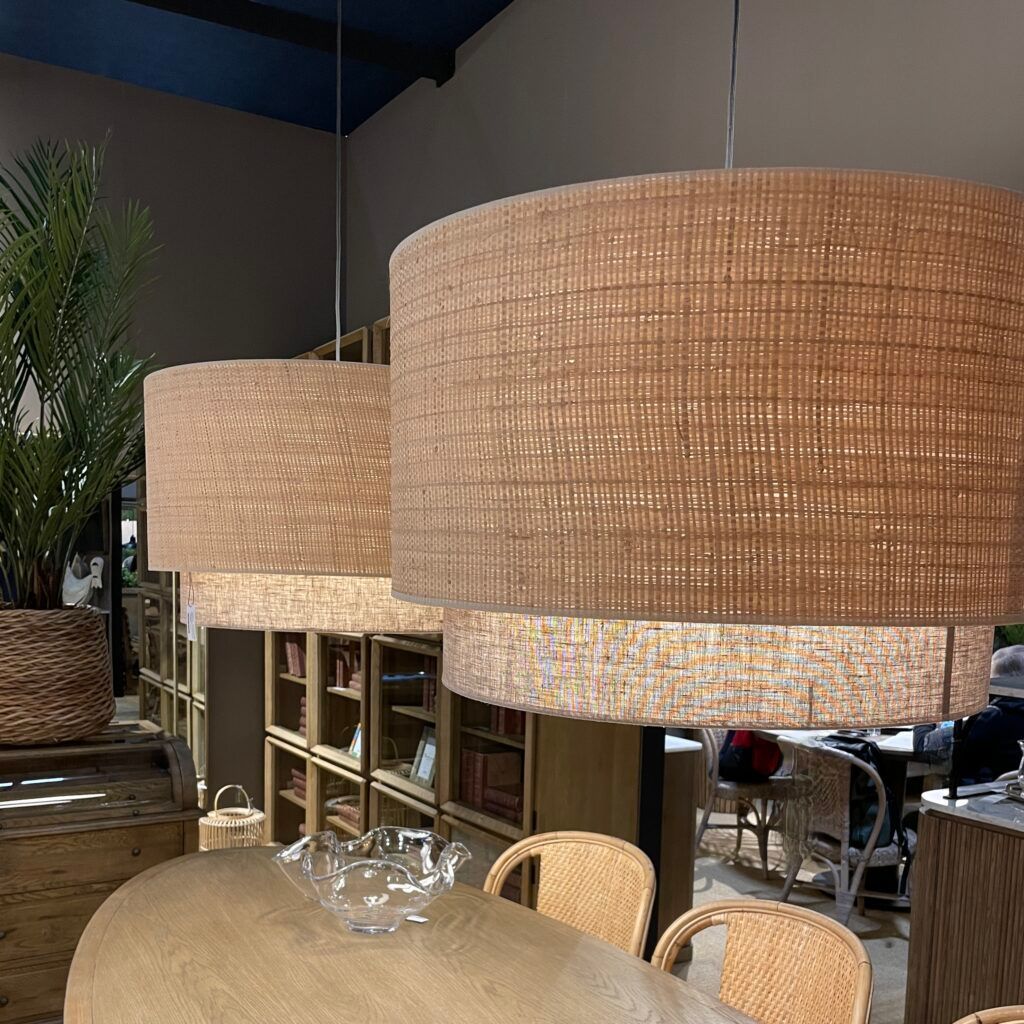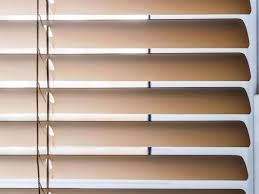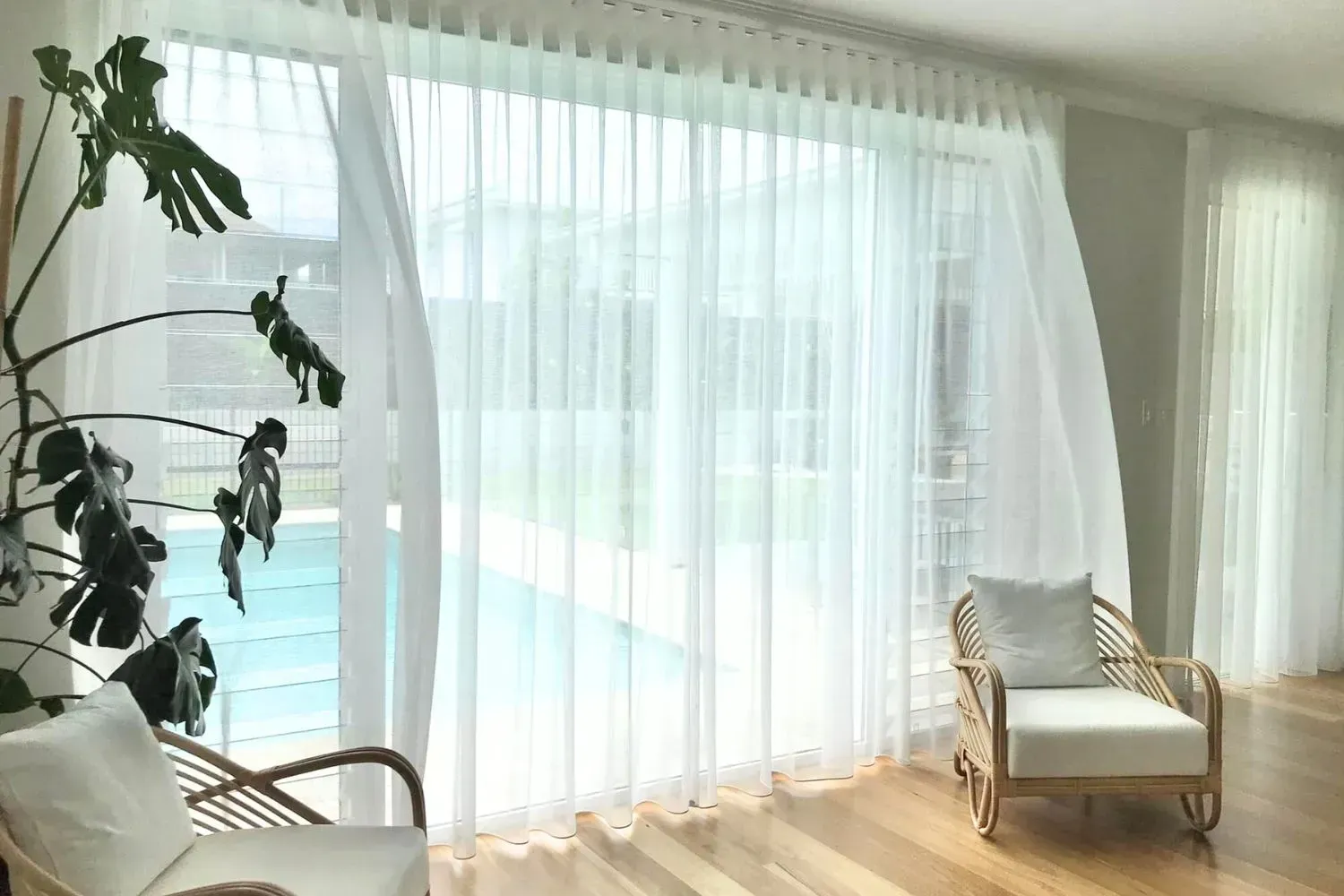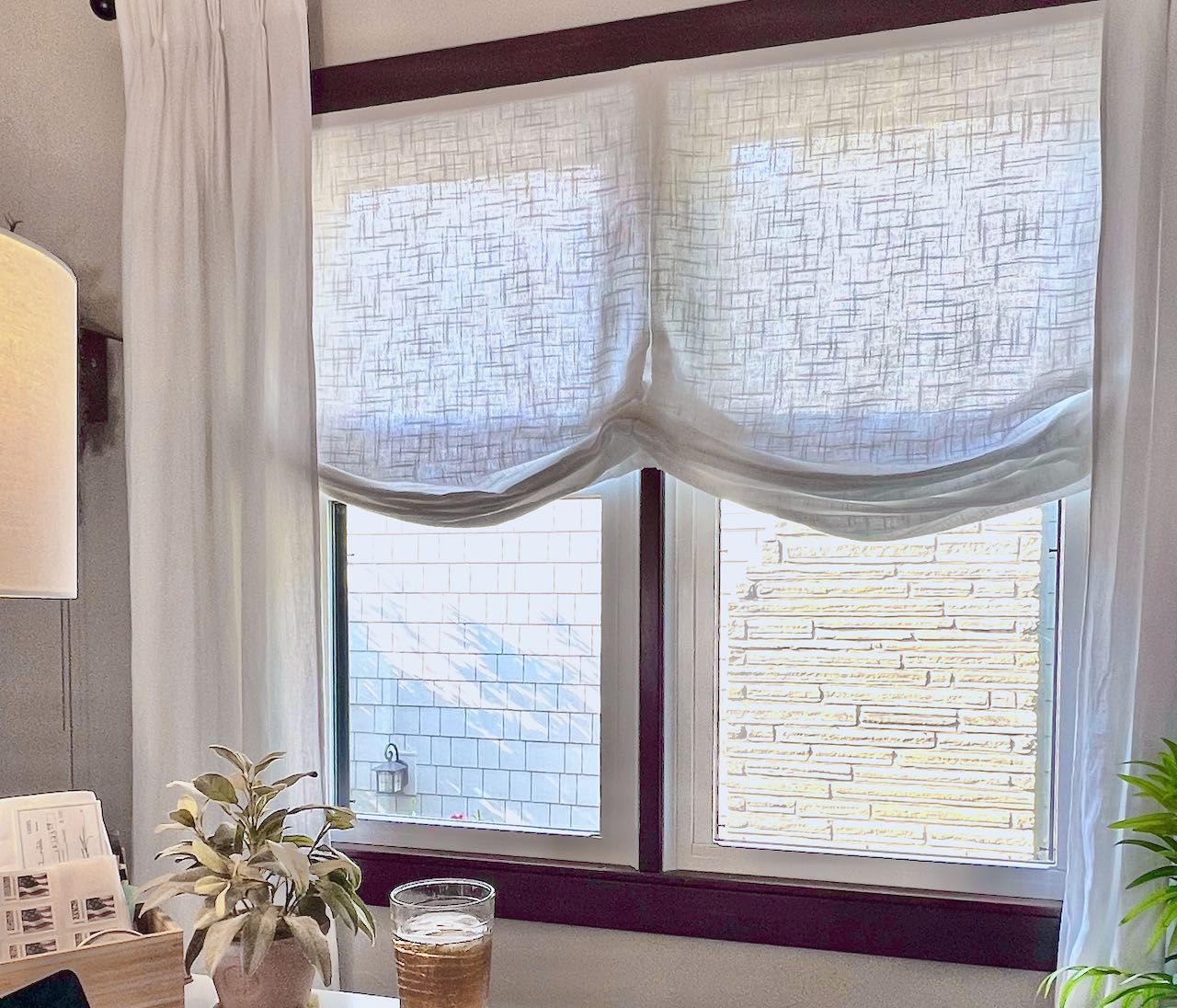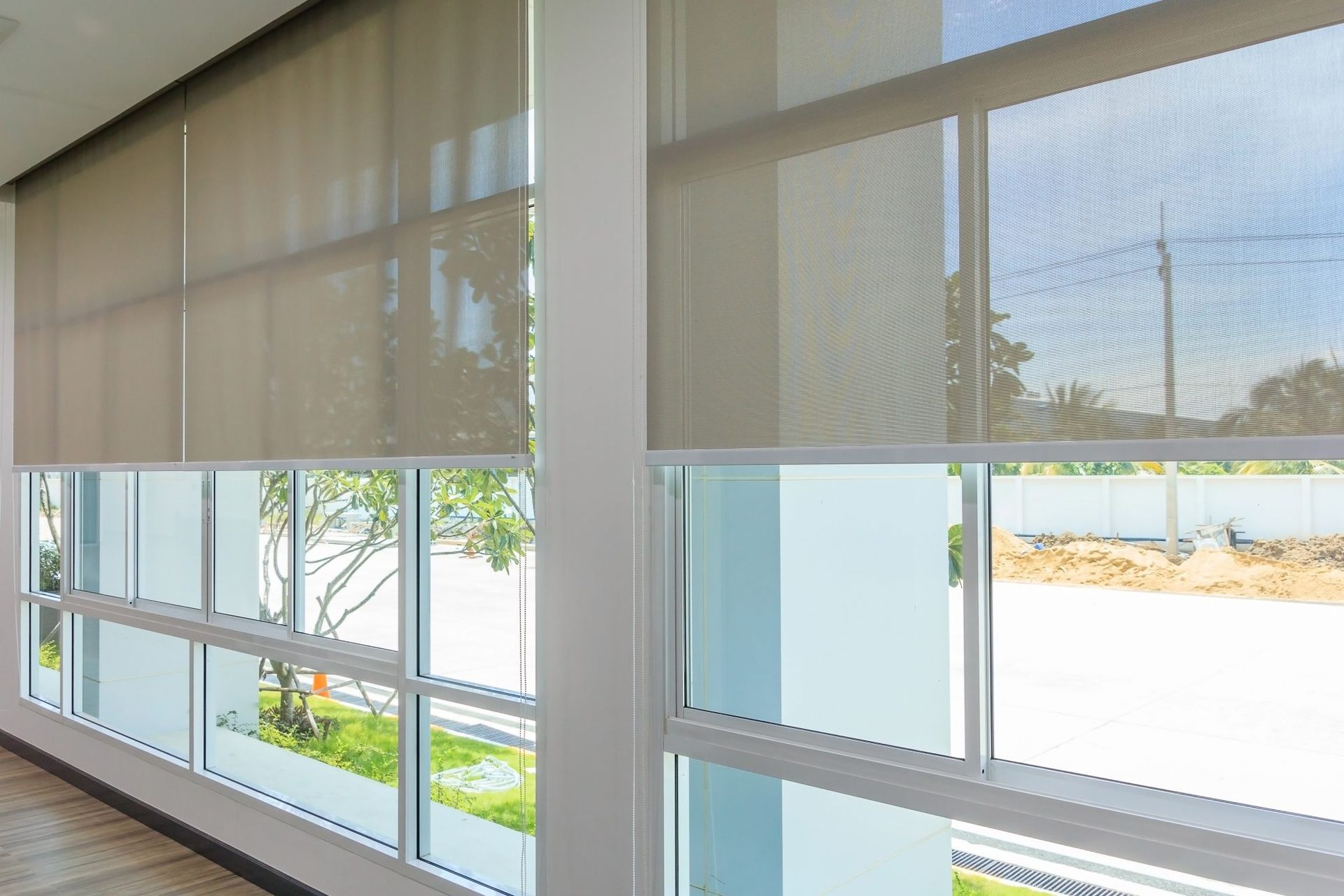Plantation Shutters vs. Faux Wood Blinds: Which Is Right for Your Home?
When it comes to choosing window treatments, homeowners often find themselves torn between two popular options: plantation shutters and faux wood blinds. Both offer aesthetic appeal, functionality, and versatility, but each brings unique benefits and challenges to the table. So, how do you decide which is the best fit for your home?
Understanding Plantation Shutters and Faux Wood Blinds
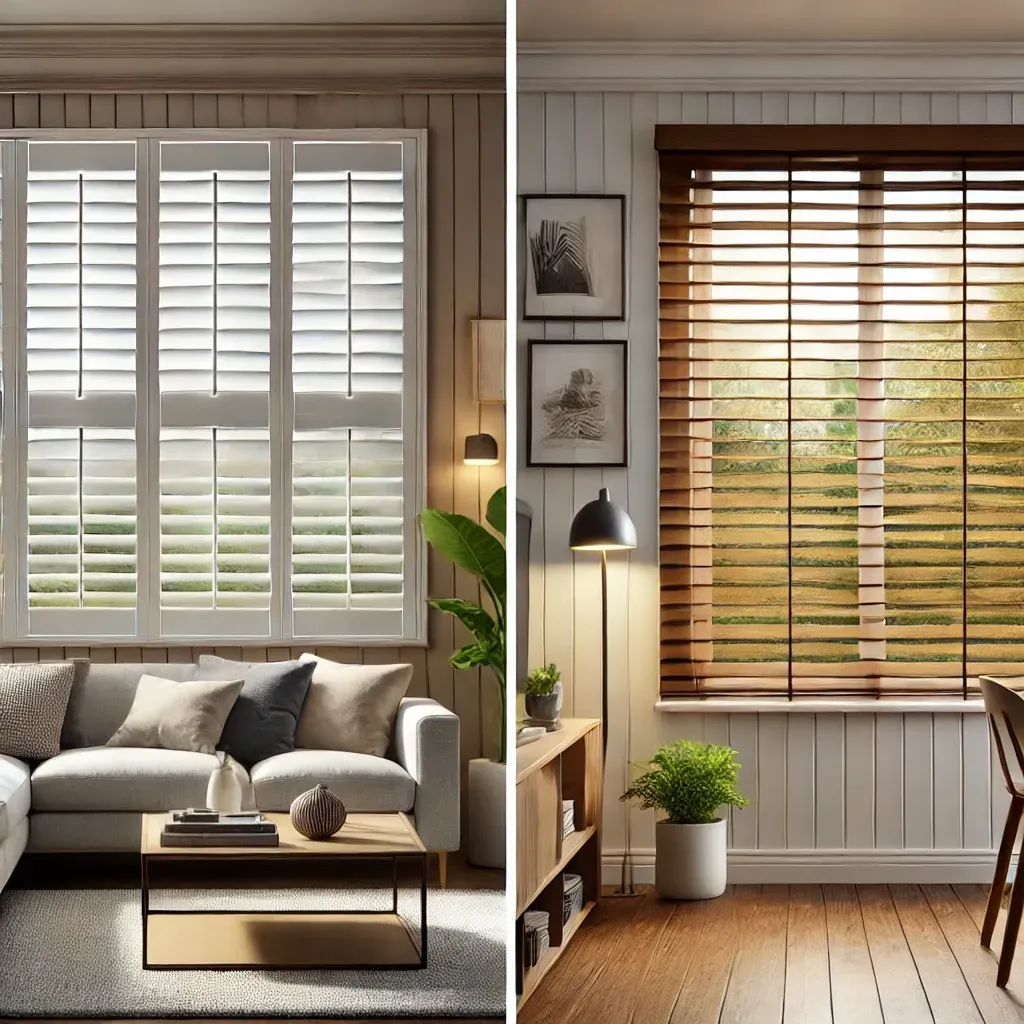
Before diving into the comparison, let’s briefly define these two window treatments.
What Are Plantation Shutters?
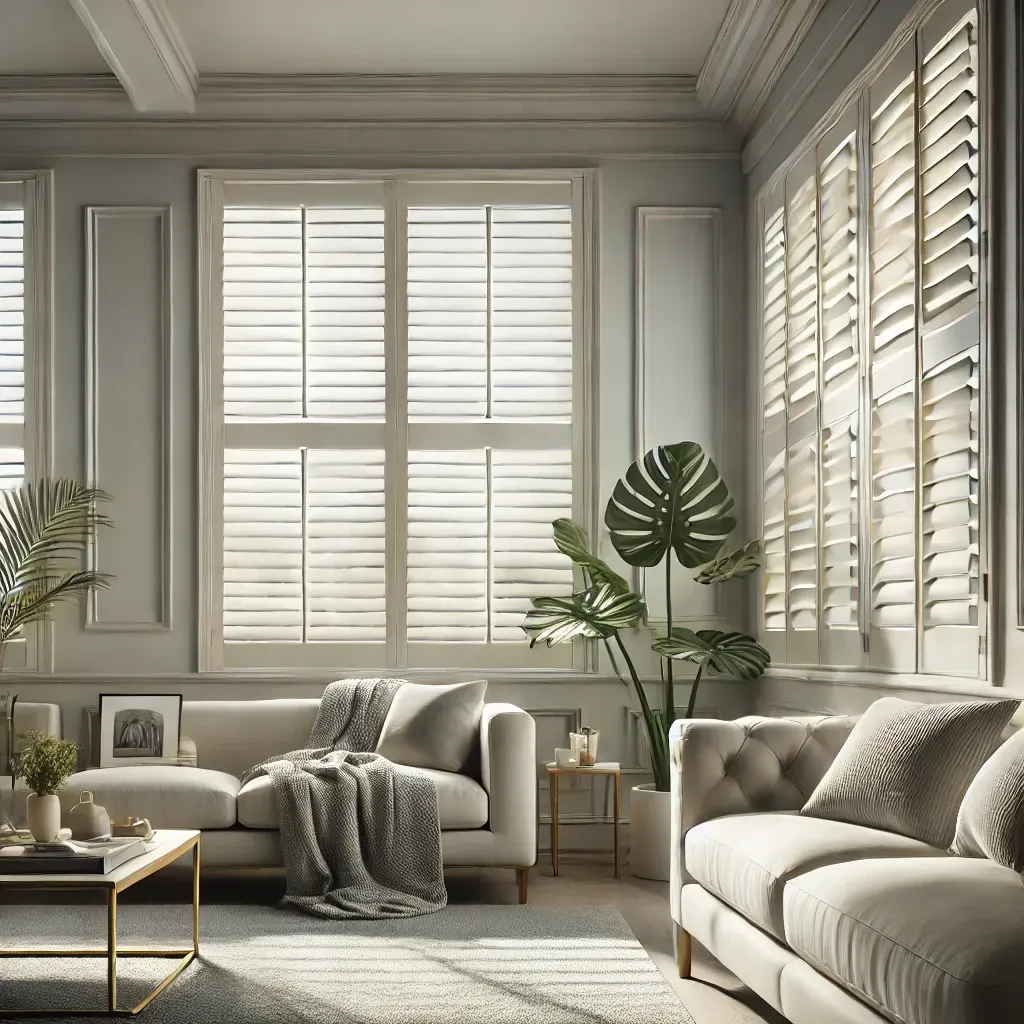
Plantation shutters are timeless, sturdy window coverings with wide, adjustable louvers. These shutters are typically made of wood, composite, or PVC materials, providing excellent durability and a classic look that complements various interior designs.
What Are Faux Wood Blinds?
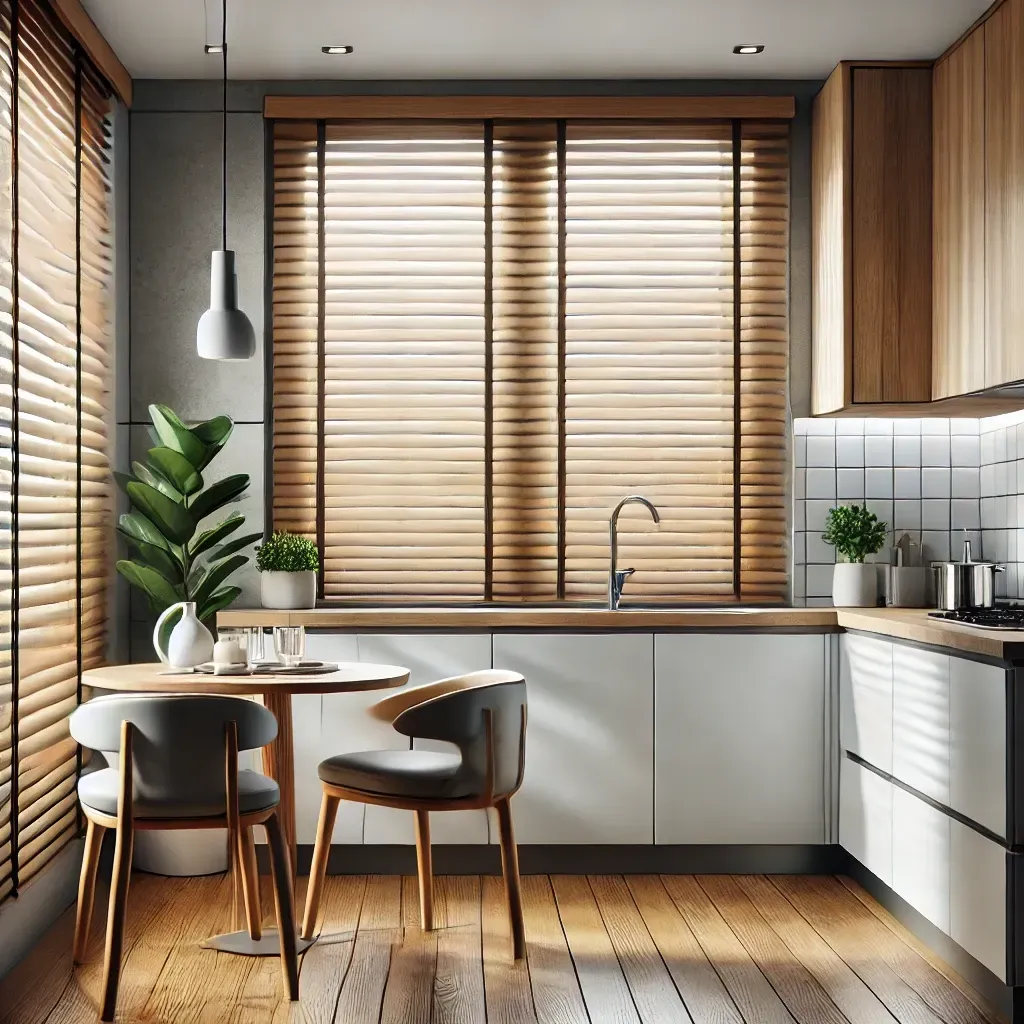
Faux wood blinds mimic the appearance of real wood but are crafted from composite or synthetic materials, such as PVC or vinyl. They’re lightweight, moisture-resistant, and a more budget-friendly alternative to real wood blinds.
Key Factors to Consider: Plantation Shutters vs. Faux Wood Blinds
To make the best choice for your home, it’s essential to evaluate the following aspects:
1. Aesthetic Appeal
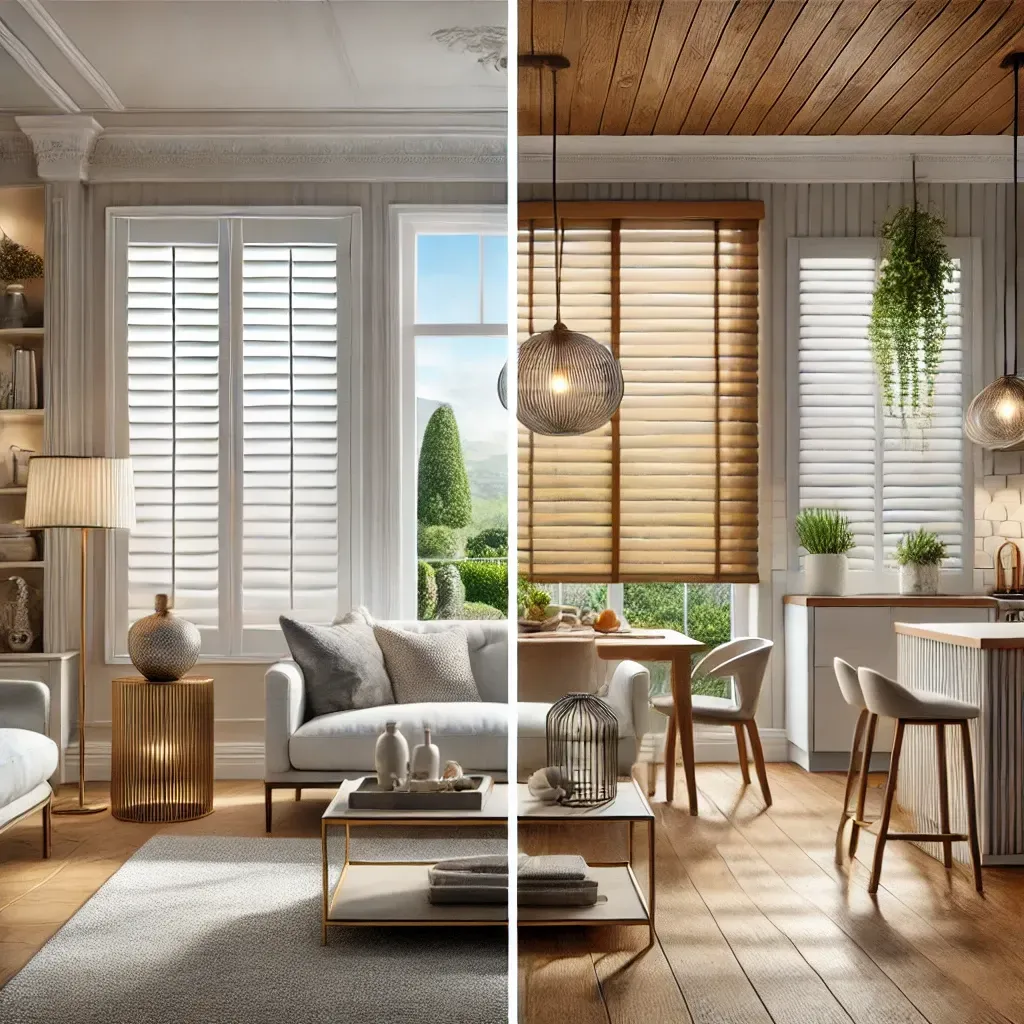
Plantation shutters exude elegance and sophistication, making them ideal for traditional or modern interiors. They add a touch of luxury to your space and can increase your home’s resale value. Whether painted or stained, shutters can be customized to complement your décor.
Faux wood blinds, on the other hand, offer a sleek, minimalist look. They’re perfect for achieving a contemporary vibe and work well in spaces where subtle window treatments are preferred. Available in various colors and finishes, they blend seamlessly into most design styles.
2. Cost Comparison
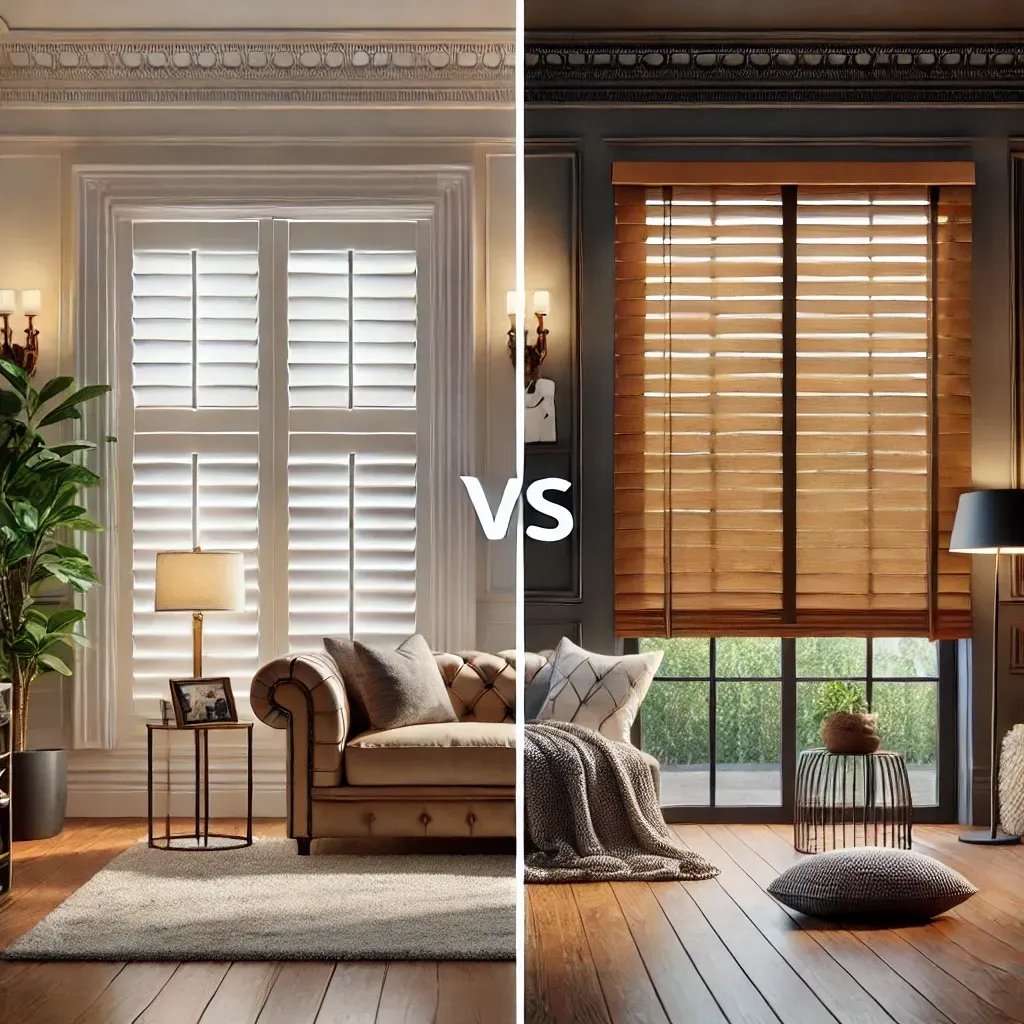
Cost is often a deciding factor when choosing window treatments. Plantation shutters are a significant investment due to their premium materials and custom fit. They may cost several hundred dollars per window, depending on size and material.
In contrast, faux wood blinds are much more affordable, typically costing a fraction of the price of shutters. They’re a great option if you want to update your home on a budget without compromising on style.
3. Durability and Maintenance
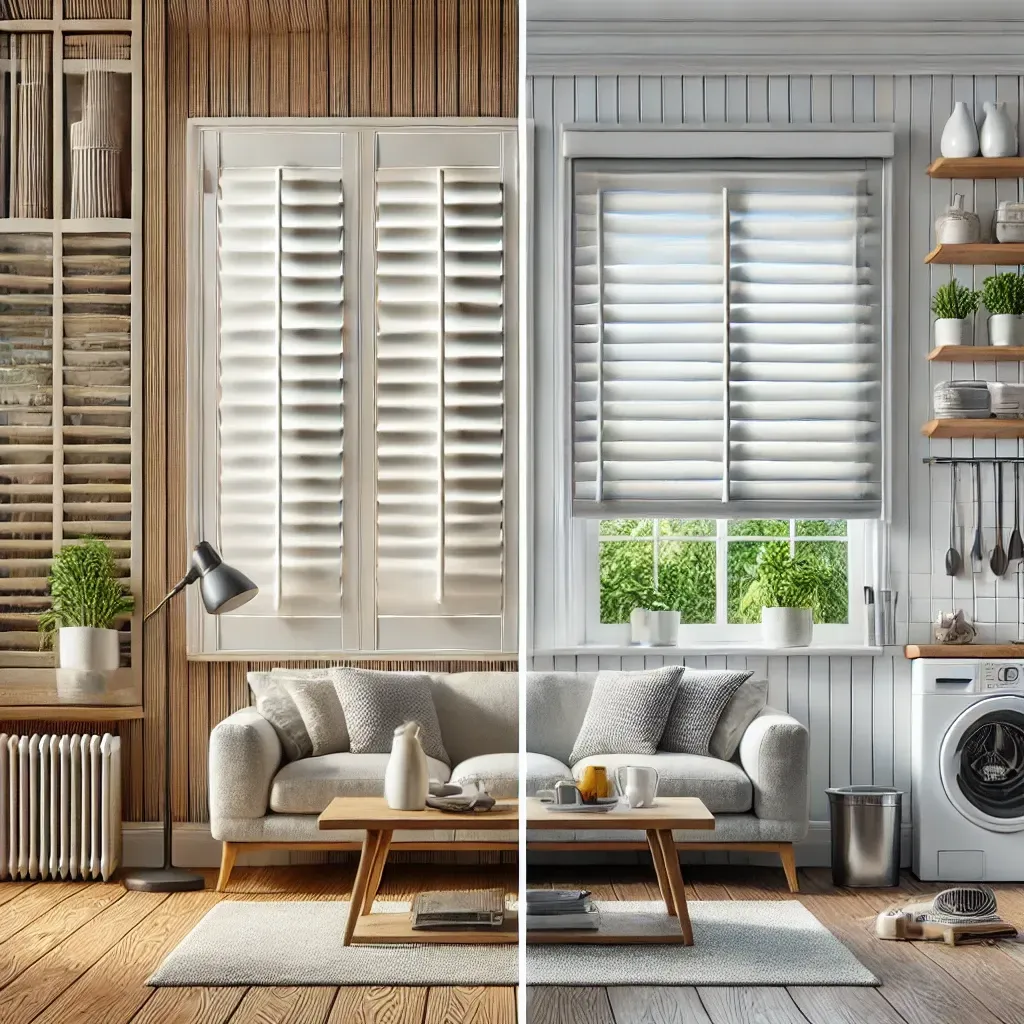
Plantation shutters are incredibly durable, especially those made from composite or PVC materials. They can withstand years of use and are resistant to warping, cracking, and fading. Maintenance involves simple dusting and occasional cleaning with a damp cloth.
Faux wood blinds are also highly durable, particularly in humid areas like kitchens and bathrooms. However, their slats can be more prone to bending or snapping under pressure. Cleaning faux wood blinds can be a bit more time-consuming, as each slat needs individual attention.
4. Energy Efficiency
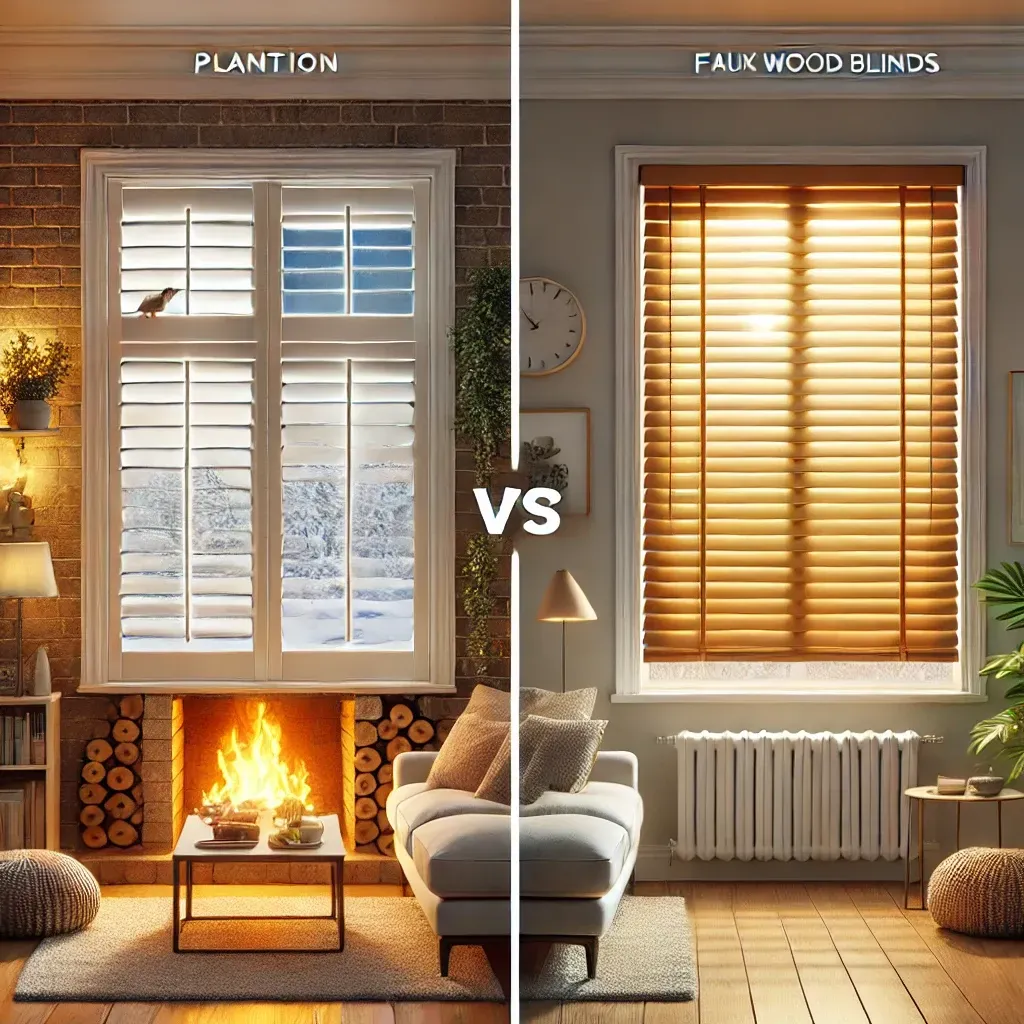
Both plantation shutters and faux wood blinds contribute to energy efficiency, but in different ways. Plantation shutters, when properly installed, create an insulating barrier that keeps your home cooler in summer and warmer in winter. This can lead to noticeable savings on energy bills.
Faux wood blinds, while effective at reducing heat and glare, don’t offer the same level of insulation. They’re better suited for light filtering and privacy rather than temperature control.
5. Privacy and Light Control
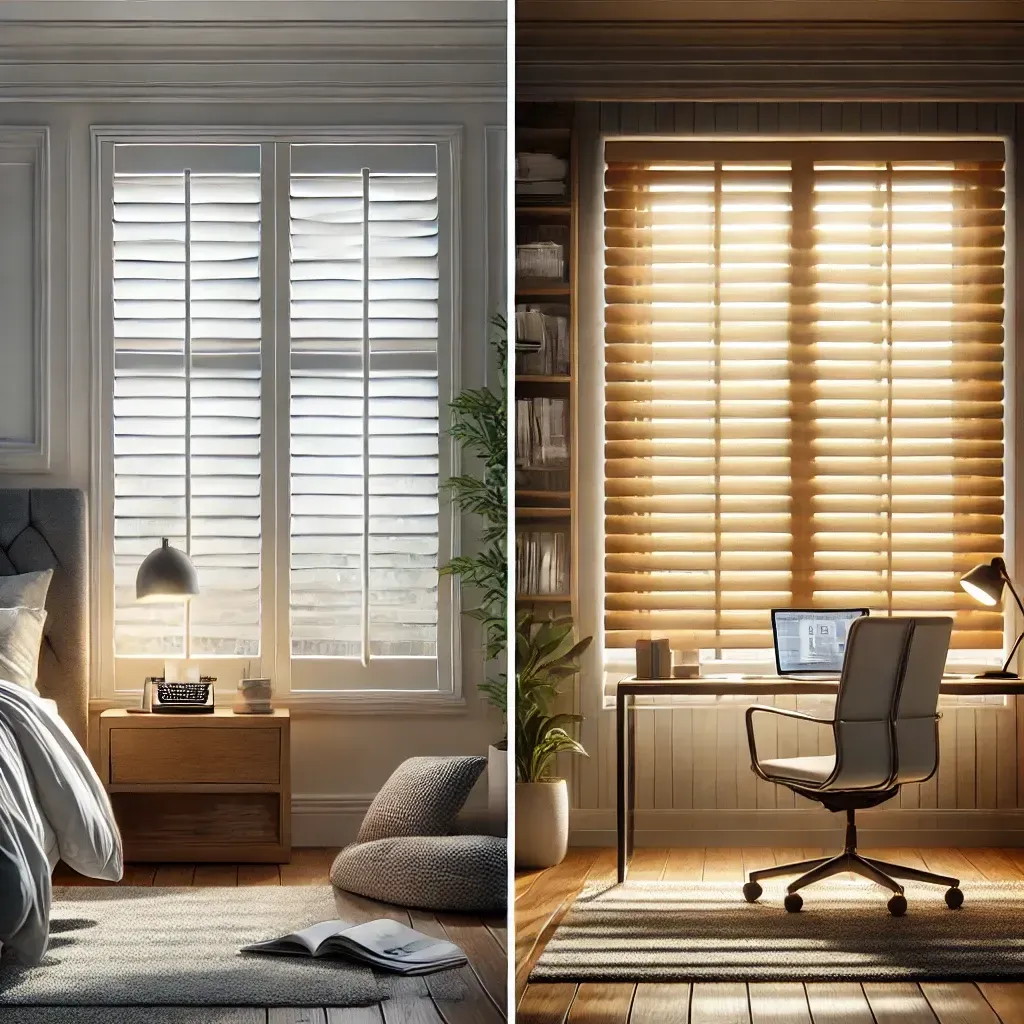
Both options provide excellent privacy and light control. Plantation shutters allow you to adjust the louvers to let in the perfect amount of light while maintaining privacy. They’re especially useful in living rooms and bedrooms.
Faux wood blinds offer similar functionality, but light may seep through the slats, depending on their fit and design. However, their adjustable nature makes them great for controlling sunlight in home offices and kitchens.
Plantation Shutters vs. Faux Wood Blinds: Pros and Cons
Plantation Shutters
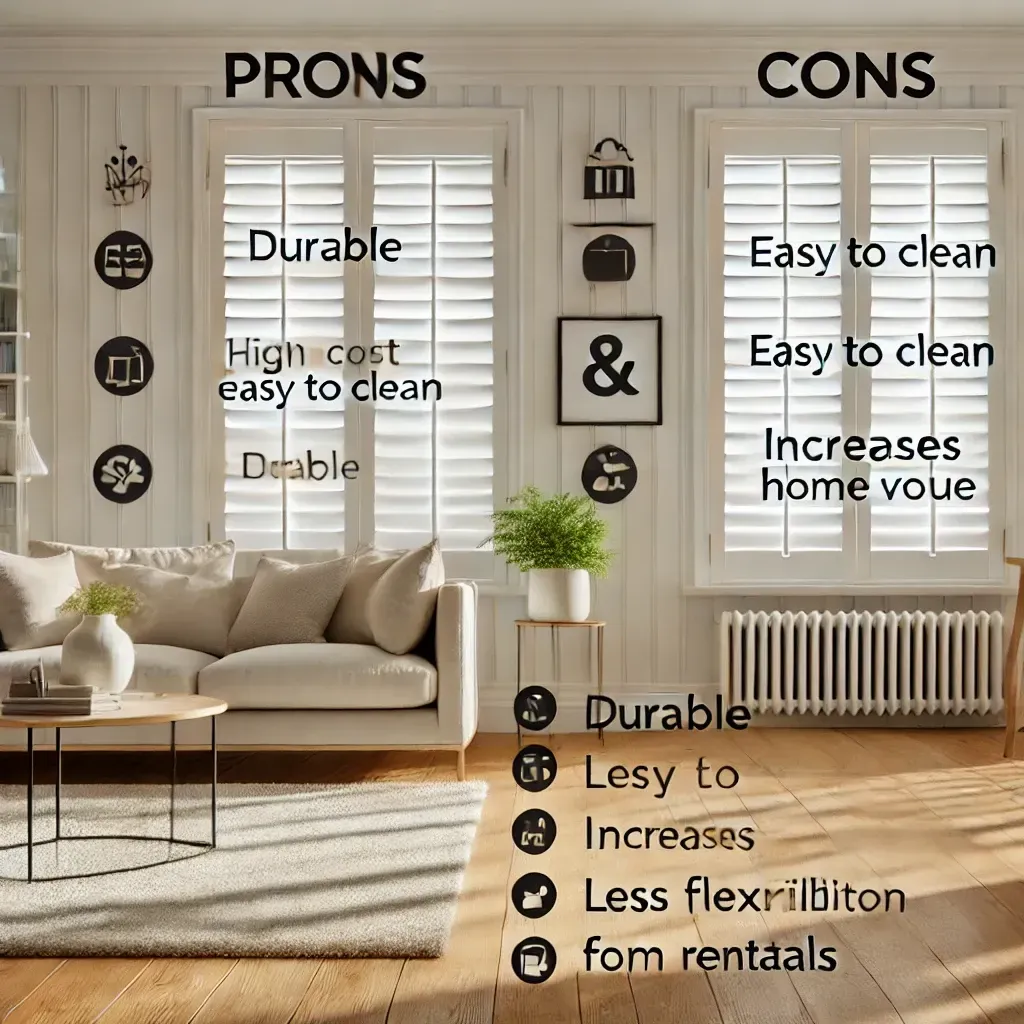
Pros:
Timeless, elegant appearance
Increases home value
Exceptional durability
Superior energy efficiency
Easy to clean
Cons:
High upfront cost
Longer installation time
Less flexibility for rental properties
Faux Wood Blinds
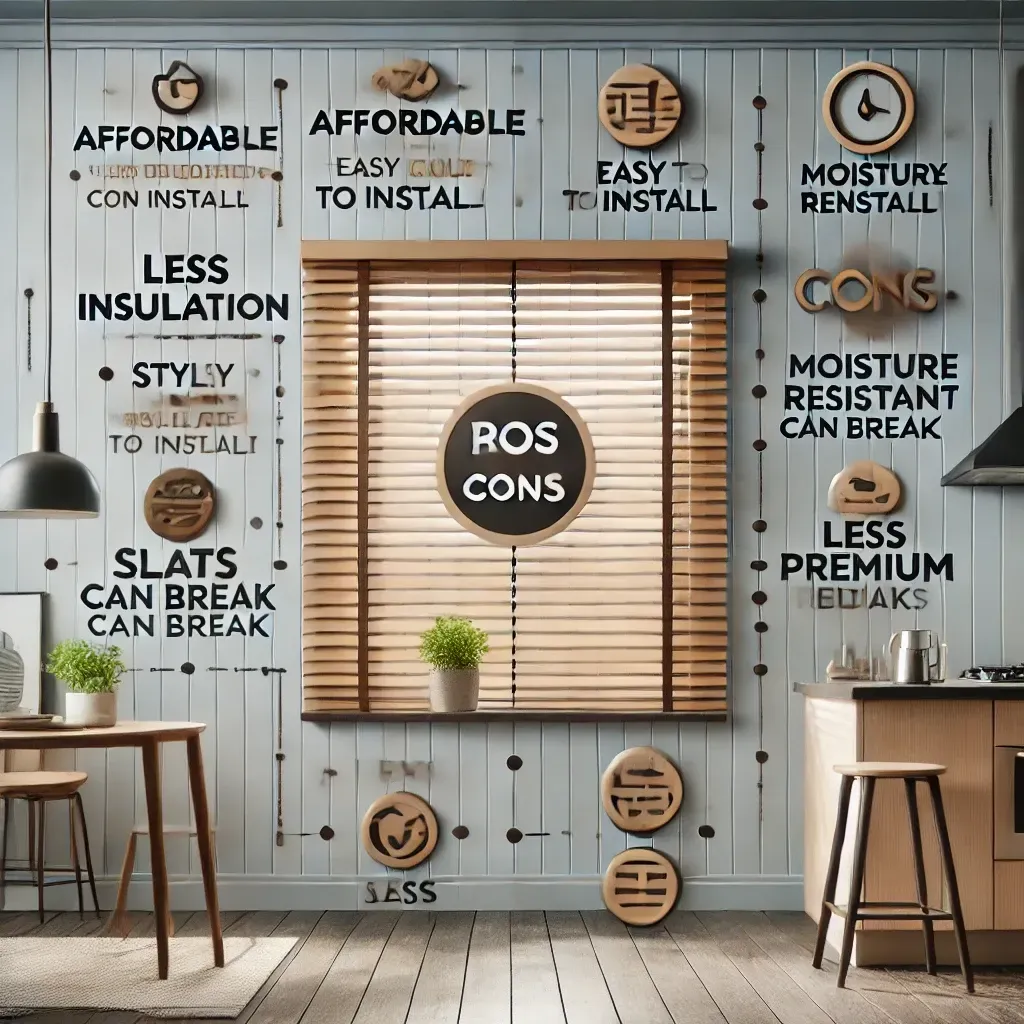
Pros:
Affordable and stylish
Moisture-resistant, ideal for humid spaces
Easy to install
Wide range of colors and finishes
Cons:
May lack the premium look of shutters
Slats can bend or break over time
Less effective insulation
Which Is Right for Your Home?
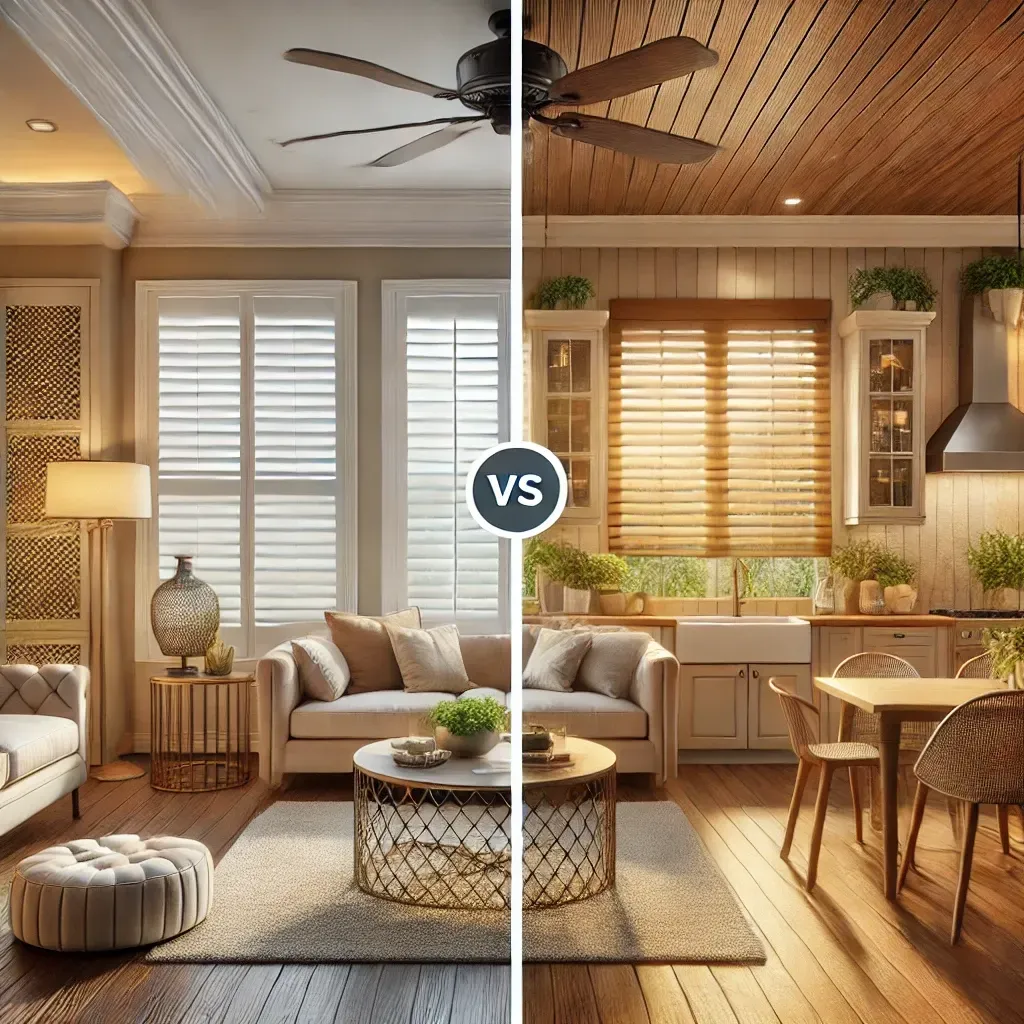
Your decision ultimately depends on your priorities. If you value a luxurious look, durability, and energy efficiency—and are willing to invest—plantation shutters are the ideal choice. However, if you’re looking for a cost-effective, versatile solution, faux wood blinds are perfect for meeting your needs.
Conclusion
Choosing between
plantation shutters and
faux wood blinds doesn’t have to be overwhelming. By considering factors like aesthetics, cost, durability, and energy efficiency, you can select the window treatment that best aligns with your home and lifestyle.

